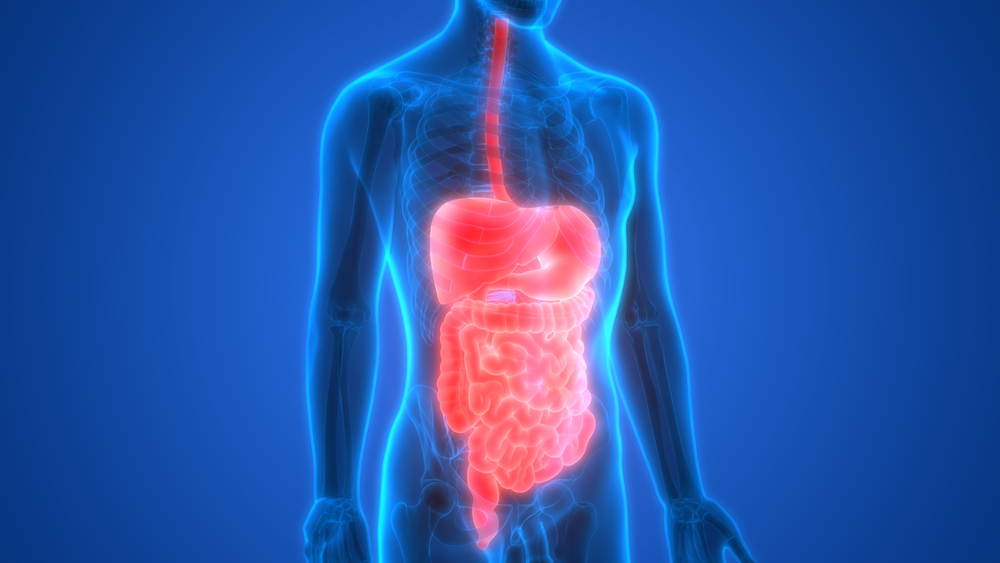Effects of Mitochondrial Disease on Digestive System Reviewed, with Symptoms, Treatments

The effects of mitochondrial disease on the digestive system are more widespread than previously thought, according to a review article published in the journal Therapeutic Advances in Gastroenterology. It is important that the symptoms are recognized as early as possible to make an appropriate diagnosis and avoid any treatments that might be toxic to mitochondria.
The article, titled “Gastrointestinal manifestations of mitochondrial disorders: a systematic review,” describes the symptoms of mitochondrial disease affecting the digestive system, including its rarer manifestations. It also summarizes therapies available to treat these symptoms and medications that should be avoided.
Mitochondrial disease is a multisystem disease, meaning it affects more than one organ or system in the body. These include the nervous system, eyes, ears, endocrine organs (such as the thyroid and adrenal glands, ovaries and testes), pancreas, heart, kidneys, bone marrow, lungs, arteries, stomach, and bowels.
Symptoms
The effects of mitochondrial disease on the digestive system include poor appetite, reflux (also known as heartburn, where the contents of the stomach go up the esophagus), difficulty swallowing, vomiting, gastroparesis (a condition where the spontaneous movements of the stomach muscles do not function properly), inability of the bowels to push food through, diarrhea, inflammation of the pancreas, and liver dysfunction.
Rarer symptoms of the disease affecting the digestive system include dry mouth, gum disease, an abnormal connection between the esophagus and the trachea (windpipe), abnormal narrowing at the junction between the first and second part of the small intestine, closed anus, liver cysts, fat deposits and cysts in the pancreas, narrowing or obstruction of the stomach and bowels that occur from birth, recurrent bowel perforations, abdominal pain following meals, formation of pouches in the colon, and gas cysts in the walls of the bowels.
Treatment
The effects of mitochondrial disease on the digestive system can either be treated in an invasive or noninvasive manner (a noninvasive treatment is defined as one that does not require cutting or removing any tissue in the body). Both therapies only aim to relieve the symptoms of the disease. There are currently no treatments available addressing the underlying cause of the digestive system manifestations of mitochondrial disease.
Invasive therapies include percutaneous gastrostomy (PEG), where a thin flexible tube is inserted into the stomach to ensure feeding. Surgery may sometimes be necessary to correct narrowing or obstructions in the digestive tract. Stem cell therapy may be beneficial as a source of thymidine phosphorylase, an enzyme that promotes the growth of cells lining the interior of blood vessels.
Noninvasive treatments include medications against constipation and vomiting, antidepressants against chronic irritable bowel syndrome (IBS)-type pain and low appetite due to mood disorders, and tube feeding. A special diet can also help with constipation, diarrhea, inflammation of the pancreas, and liver dysfunction. Stimulating the appetite can help patients who have swallowing difficulties. Treatment with antibiotics may be necessary to treat secondary digestive track infections, and substitution of pancreatic enzymes may be necessary if the pancreas is involved.
Of note, drugs that are toxic for the mitochondria such as certain antibiotics (chloramphenicol, aminoglycosides, linezolide); the antiepileptic drugs valproic acid, carbamazepine, phenytoin, and phenobarbital; the cancer drug dichloroacetate; and statins (treatment for high cholesterol) must be avoided.
“It is important to note that [digestive system] manifestations may be useful in the diagnosis of [mitochondrial disorders] … but also need to be anticipated so that complications can be managed,” the authors concluded.






